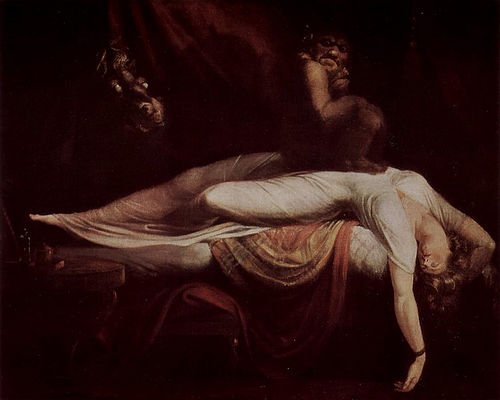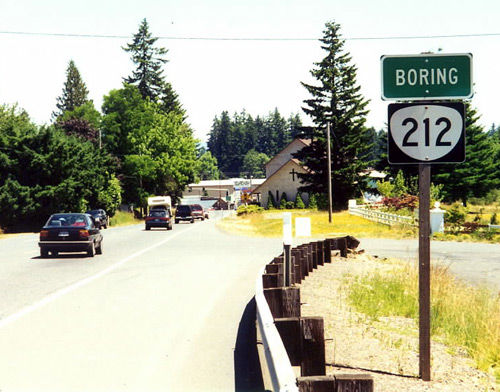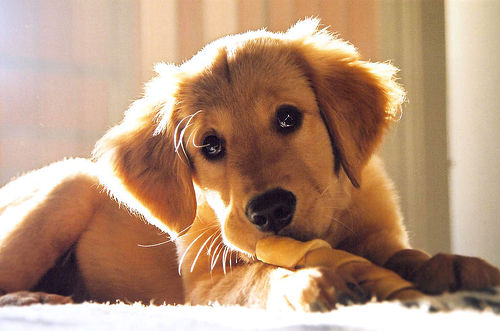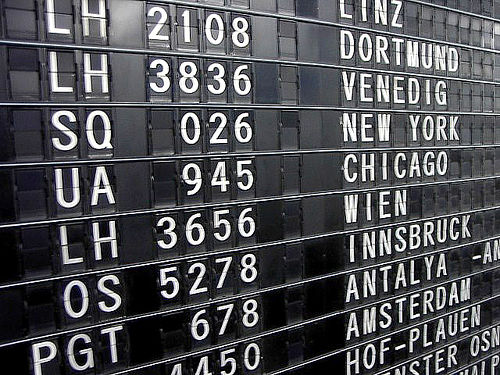Relationships among U.S. presidents:
- James Madison was the half first cousin twice removed of George Washington.
- Zachary Taylor was the second cousin of James Madison.
- Grover Cleveland was the sixth cousin once removed of Ulysses S. Grant.
- Theodore Roosevelt was the third cousin twice removed of Martin Van Buren.
- Franklin Delano Roosevelt was the fourth cousin once removed of Ulysses S. Grant, the fourth cousin three times removed of Zachary Taylor, and the fifth cousin of Theodore Roosevelt (although his wife, Eleanor Roosevelt, was a niece of Theodore).
- Harry S. Truman was the great-great-great nephew of John Tyler.
- Richard Nixon was the seventh cousin twice removed of William Howard Taft and the eighth cousin once removed of Herbert Hoover.
- George H.W. Bush was the fifth cousin four times removed of Franklin Pierce, the seventh cousin three times removed of Theodore Roosevelt, the seventh cousin four times removed of Abraham Lincoln, and the eleventh cousin once removed of Gerald Ford.




